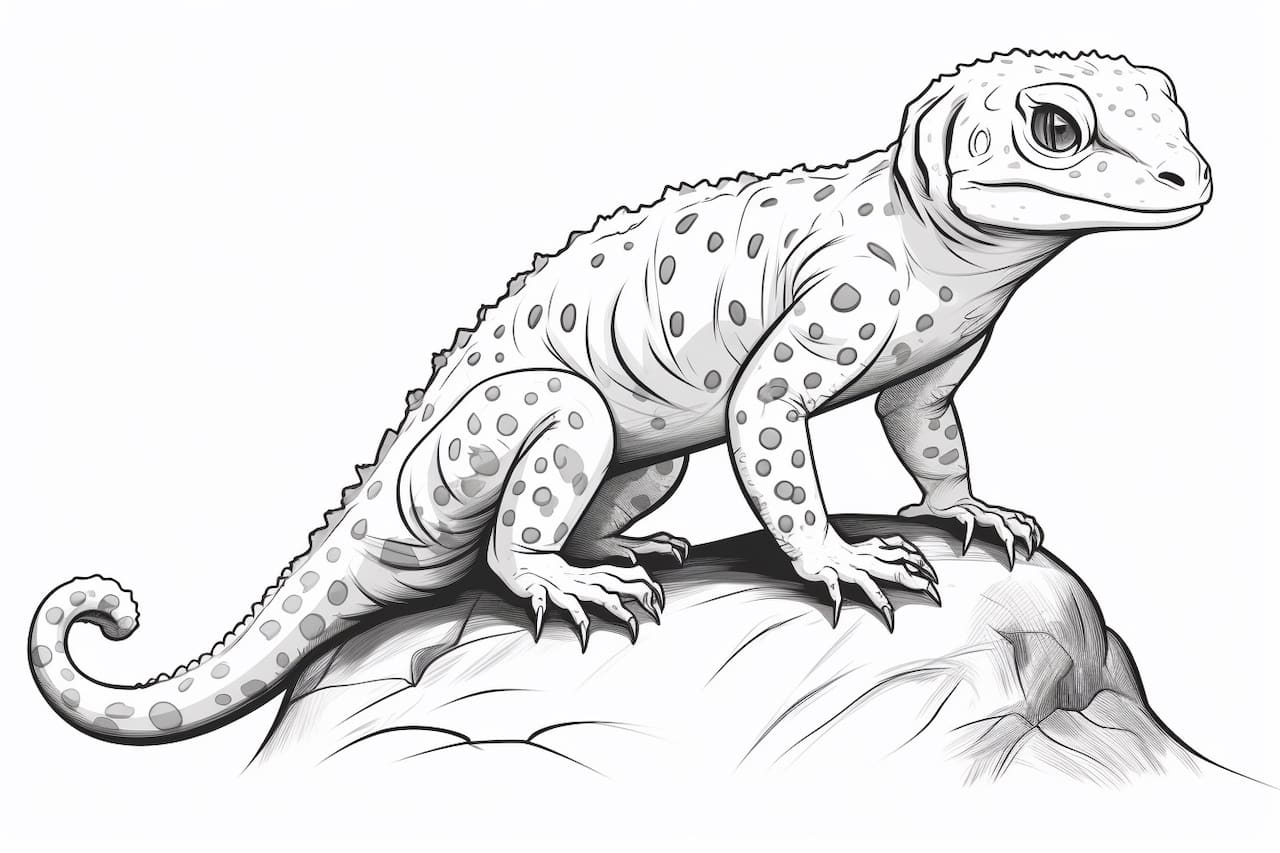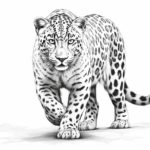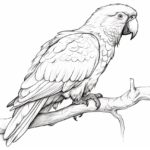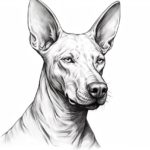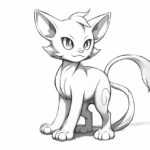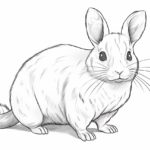Welcome to this step-by-step guide on how to draw a leopard gecko. Whether you’re a beginner or an experienced artist, this tutorial will help you create a realistic and detailed illustration of this fascinating reptile. By following these easy-to-follow instructions, you’ll learn the basic techniques necessary to capture the unique characteristics of a leopard gecko on paper. So, let’s get started and create your very own masterpiece!
Materials Required
To begin drawing a leopard gecko, gather the following materials:
- Pencil: Choose a soft graphite pencil that allows for easy shading and erasing.
- Paper: Use a smooth and sturdy drawing paper that can withstand repeated erasing and shading.
- Eraser: Have a soft eraser on hand to correct any mistakes or lighten areas as needed.
- Drawing pen: A fine-tip pen can be helpful for adding fine details and outlines.
Now that you have your materials ready, let’s move on to the step-by-step instructions.
Step 1: Outline the Body Shape
Start by lightly sketching the basic shape of the leopard gecko’s body. Begin with an oval shape for the head, followed by a long curving line for the spine. Then, sketch the body shape by drawing a series of curved lines that taper towards the tail. Remember, these lines should be light and easily erasable, as they will serve as a rough guide for the final drawing.
Step 2: Add Legs and Tail
Next, add the legs and tail to your leopard gecko drawing. Use simple curved lines to depict the legs, keeping in mind the proportions and angles of a leopard gecko’s limbs. Pay attention to the joints and the way the legs connect to the body. Extend the spine line to form the tail, which should be long and slender with a slight curve.
Step 3: Define the Head and Facial Features
Now it’s time to give your leopard gecko some character by detailing its head and facial features. Start by refining the shape of the head and adding the snout. Then, draw almond-shaped eyes, placing them on either side of the head. Add small bumps or scales around the eyes and a slender mouth with a curved line for the lips. Don’t forget to include the ear openings on the side of the head.
Step 4: Sketch the Patterns and Texture
Leopard geckos have distinctive patterns and textures on their skin. To capture this, begin by lightly sketching the unique markings on the gecko’s body. Use a combination of irregular shapes, spots, and lines to recreate the intricate patterns. Pay attention to the reference image or observe a real leopard gecko to accurately depict the texture and details.
Step 5: Refine the Body Shape and Proportions
At this point, take a moment to refine the overall body shape and proportions of your leopard gecko drawing. Make any necessary adjustments to ensure that the limbs are correctly positioned and the body is in proportion. Erase any unnecessary guidelines or sketch lines that are no longer needed, leaving only the essential outlines for your final drawing.
Step 6: Shade and Add Depth
Now it’s time to add depth and dimension to your leopard gecko drawing through shading. Start by identifying the light source in your composition. This will determine where the highlights and shadows fall on the gecko’s body. Use your pencil to gradually build up layers of shading, starting with light strokes and gradually increasing the pressure for darker areas. Pay attention to the curves and contours of the body, enhancing the three-dimensional effect.
Step 7: Finalize Details and Texture
In this step, focus on finalizing the details and textures of your leopard gecko drawing. Add finer lines and details to the patterns, scales, and skin texture. Use your drawing pen to create crisp outlines and define the edges of the gecko’s body. This will give your drawing a polished and finished appearance.
Conclusion
Congratulations! You have successfully learned how to draw a leopard gecko from start to finish. By following these step-by-step instructions and using the right materials, you can create a realistic and visually appealing illustration of this fascinating reptile. Remember to practice regularly and experiment with different shading techniques to enhance your drawing skills. Enjoy the process and have fun bringing your leopard gecko to life on paper!

